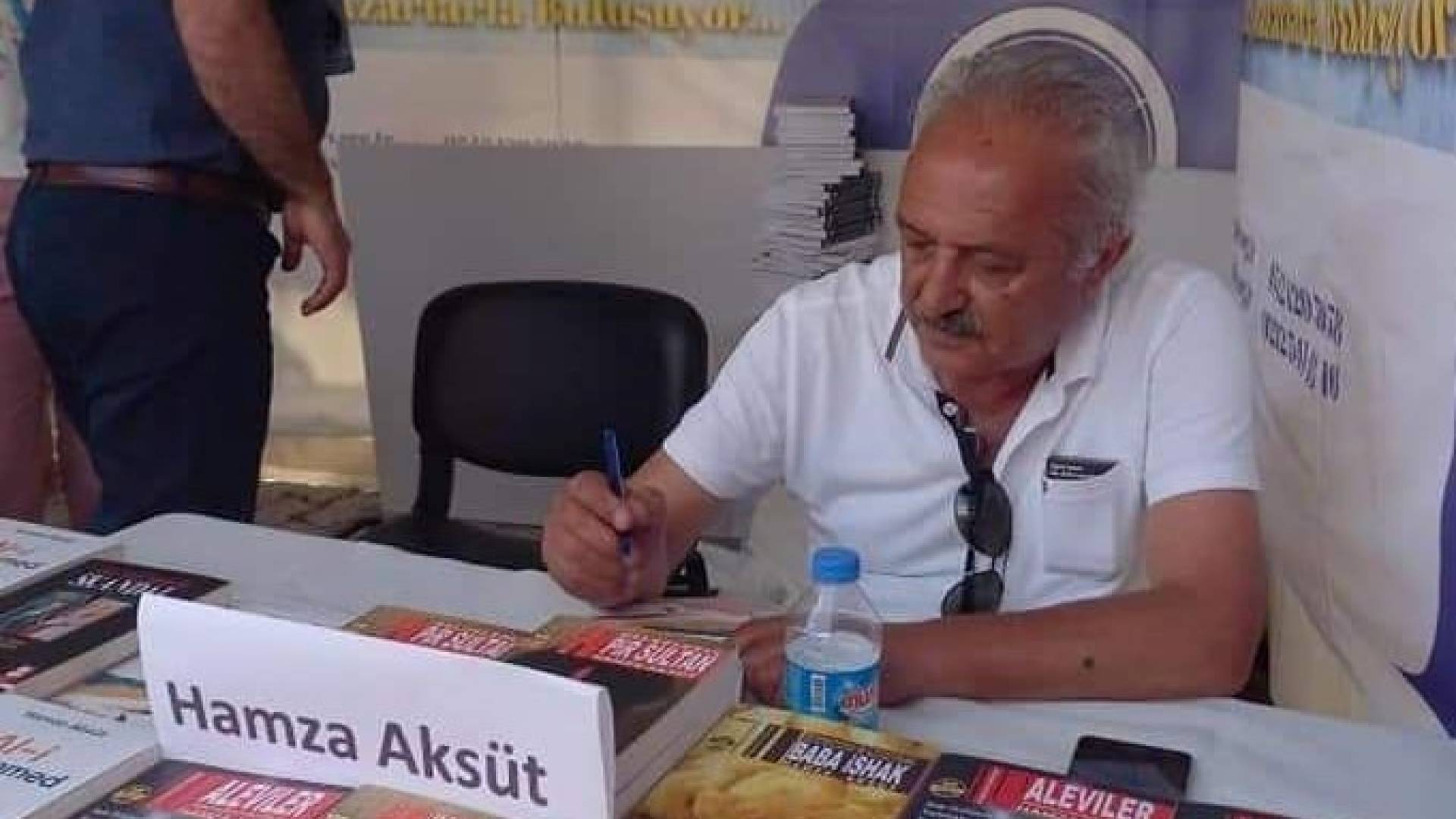EXCEPTIONAL MIGRATION (2) Hamza Aksüt
EXCEPTIONAL MIGRATION (2) Hamza Aksüt In the previous article, it was mentioned that the migrations were mostly towards the west and On the contrary, I have dealt with Alevis, Turks, Kurds and Abdals who migrated from Anatolia to the Safavid country from the end of the fifteenth century onwards. In this article, as an exception, I will describe the west-to-east migration of smaller communities in Anatolia. According to the tahrir books of the sixteenth century, Kars, Ardahan and There are almost no Alevi settlements in the region covering Erzurum. In the region Alevi villages were established in central and southern Anatolia from the beginning of the eighteenth century. were founded by people from the Alevi community. When it comes to the history of Alevi communities, in addition to the tribe Neglecting the pir/dede hearth to which it is connected will lead to a great deal of incompleteness, and even wrong determinations can be made. The hearth is a social unit consisting of the totality of seyits and talibs. Alevi communities in the region consist of Turks, Kurds and Abdals. As a hearth Garip Musa, Gözü Kızıl, Musa Kazım (Kazımoğulları), Hubyar and Hacı Kureyş and Avuçan hearths. Alevi villages in Kars and the Şenkaya and Sarıkamış districts of Erzurum The people of the villages are to a great extent followers of the Garip Musa hearth. Ardahan villages are also home to followers of this hearth. Some of the suitors of the hearth are from the Avşar tribe of Oghuz and some of them are from the Geygel community, whose ethnic origin is difficult to determine. Garip The previous homeland of the suitors of the Musa hearth was Güneş and Yağbasan in Divriği. geography called Alan Yazısı, which covers their villages. Their homeland before Divriği Arguvan region of Malatya. The Garip Musa talibs in the region live in the following villages live in the area. Saskara (Koyunpınarı), Kergeden (Küçük Nakala or Çavdarlı); Paslı in Kağızman Asbuğa, Ali Sofu; Çimliçayır, Sors, Dereköy in Sarıkamış district of Kars, Tepeköy, Üçdamar, Kirpeşen, Fayatlı; Vartanıt, Kevenk in Şenkaya district, Zuvart, Mishek, Armishen, Kahnis The communities of the Gozu Kizil and the Musa Kazim hearth are the same. This is because The reason is that the Musa Kazım hearth is the pir and the Gözü Kızıl hearth is the murshid. Some of the suitors of these two hearths living in Ardahan villages are from the Çepni tribe of Oghuz and Geygel communities. The previous homeland of these communities was Maraş-altı. community It is also called Oak Turkmen. It is the region between Maras-salt, Islahiye and Pazarcık. In a poem by Ahdari of Ardahan, who lived about two and a half centuries ago, migration process is expressed: We are from Maras-six We have established twenty villages Oak Ardahan Turkmen Another community that migrated to this region from the west is Hubyar. Badıcıvan of Erzurum Hubyar community in the villages of (Esendere), Taftikir (Savatlı), Kızılveren (Kızılören) They came from Tokat and Hafik. Hubyar Sultan is the pir hearth of the community. The Avuçan hearth's suitors came from Divriği and Elazığ and settled in Badıcivan, Taftikir and Agzer villages. Alevi Kurds live in two villages in Kars and in the villages of the Hınıs district of Erzurum. live in Dersim. Their previous homeland was Dersim and some of them were members of the Baba Mansur hearth. direct talibis and some of them are talibis of the Haji Kureyş hearth. Baba Mansur disciples Kurmanç, Haji Kureyş talibés speak Zazaki. In the course of time, especially some of the Garip Musa hearth talibés returned to Divriği. Naturally, as everywhere else, from the mid-twentieth century onwards, Kars, Ardahan Alevis in Erzurum and Erzurum regions started to migrate to western cities. a joint to make this region a political centre from the 1800s to the end of the First World War. and social instability, and the inhabitants of many settlements were displaced.



 Türkçe
Türkçe 





















